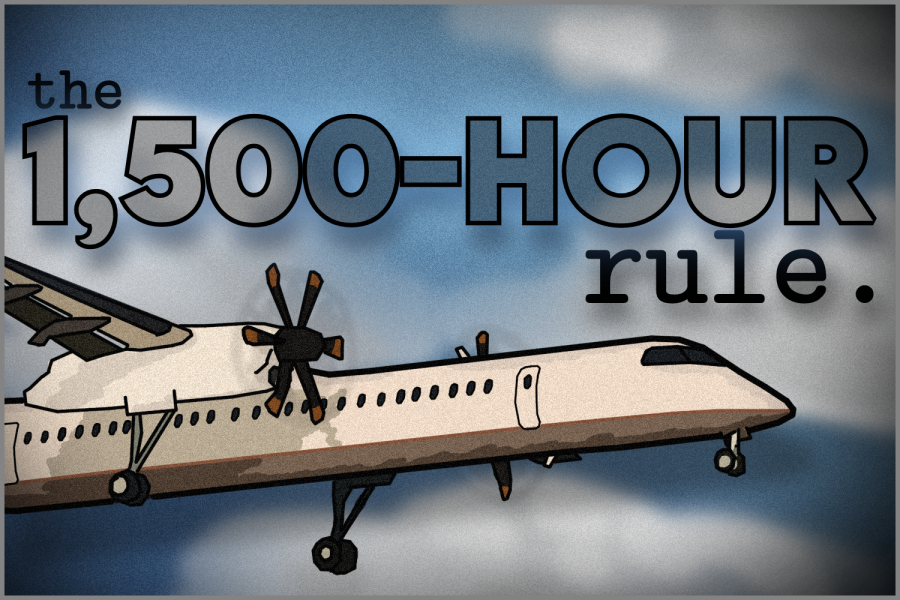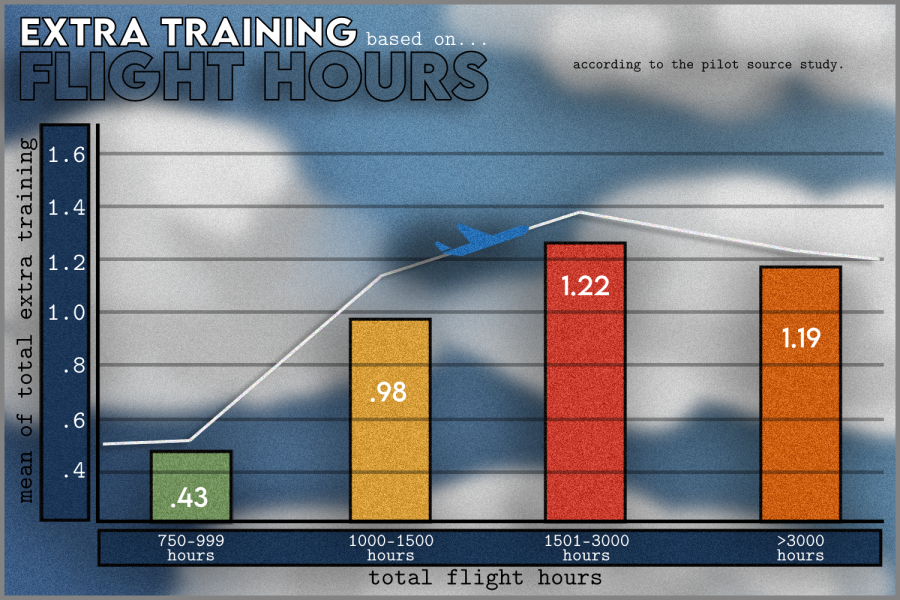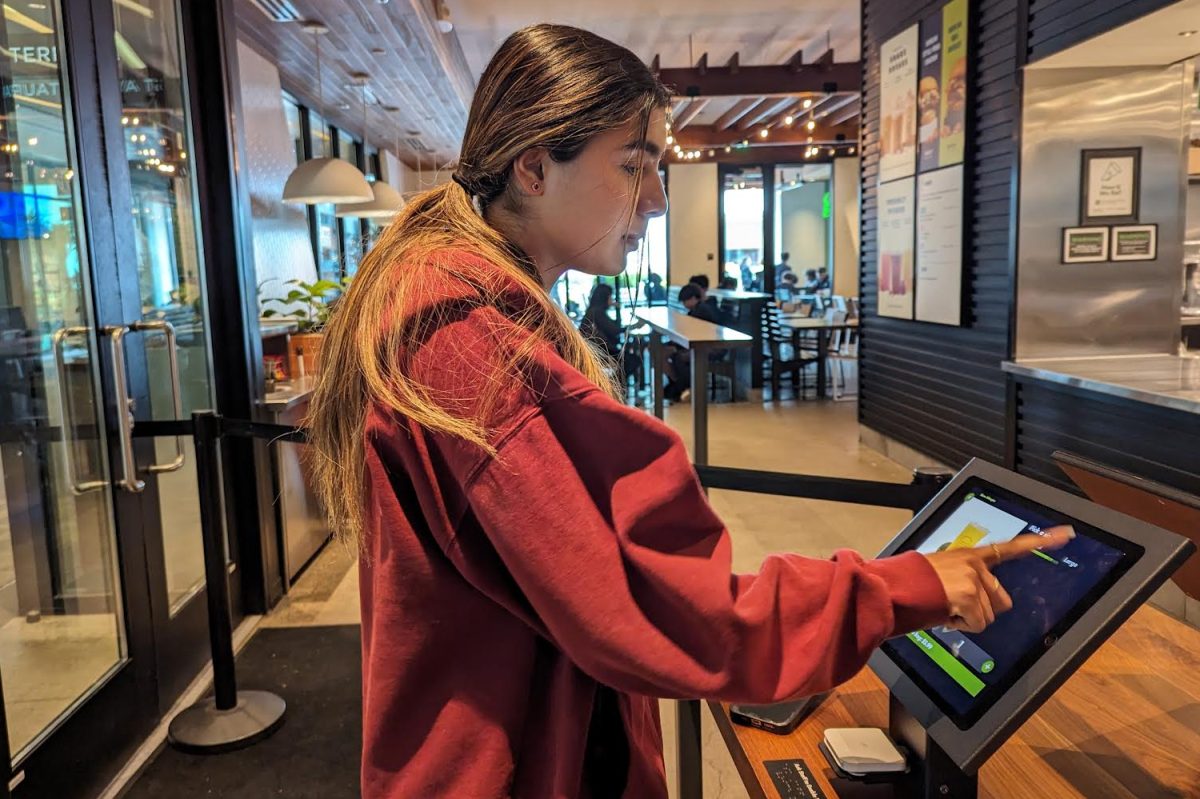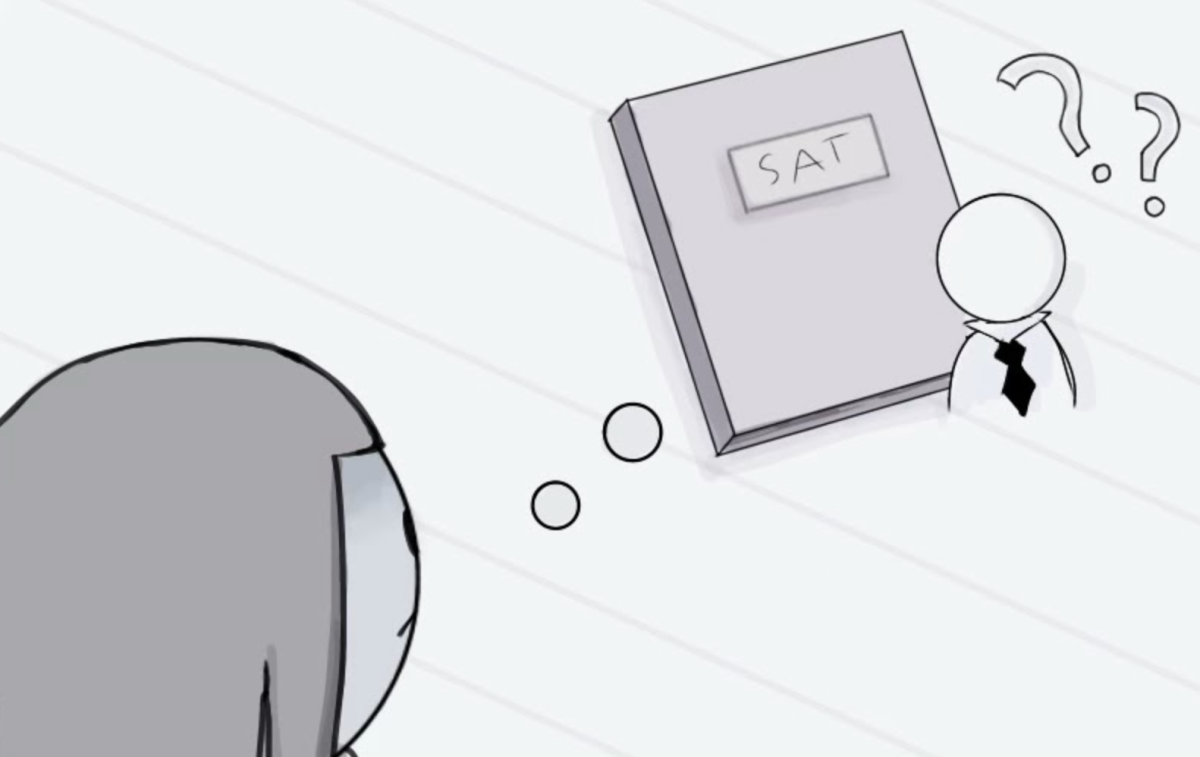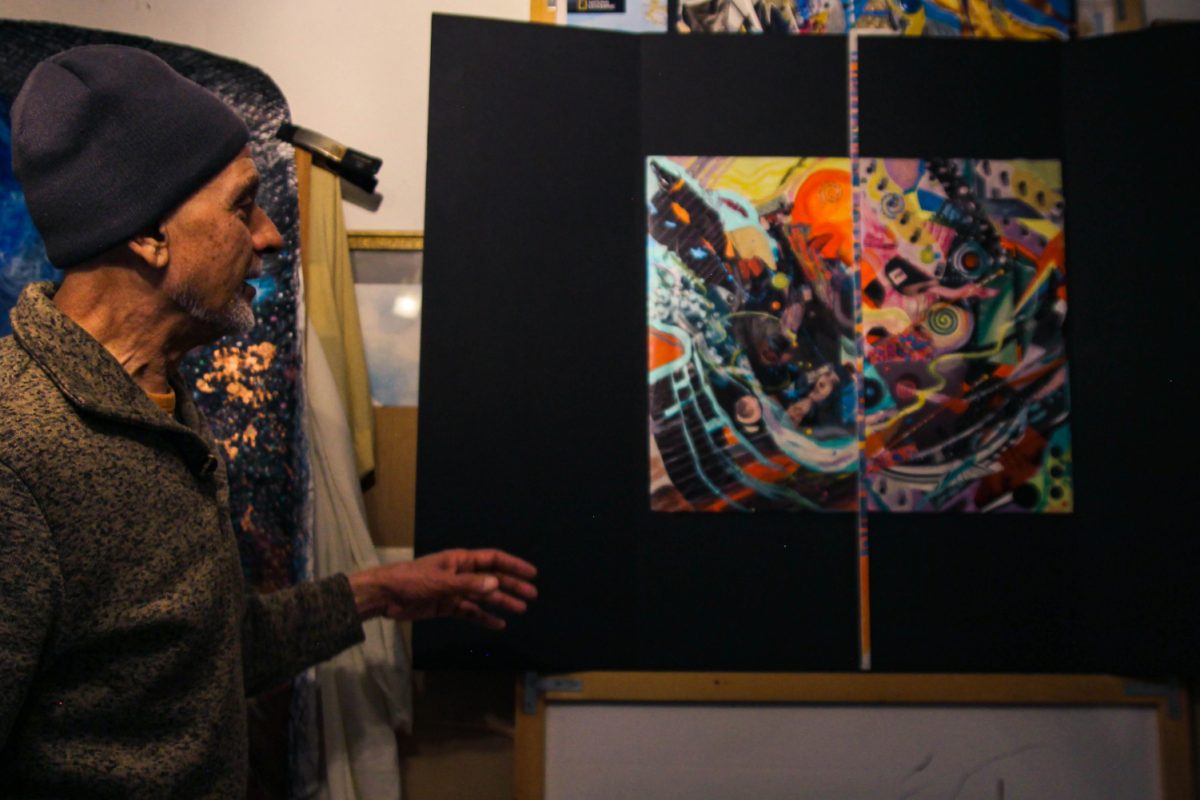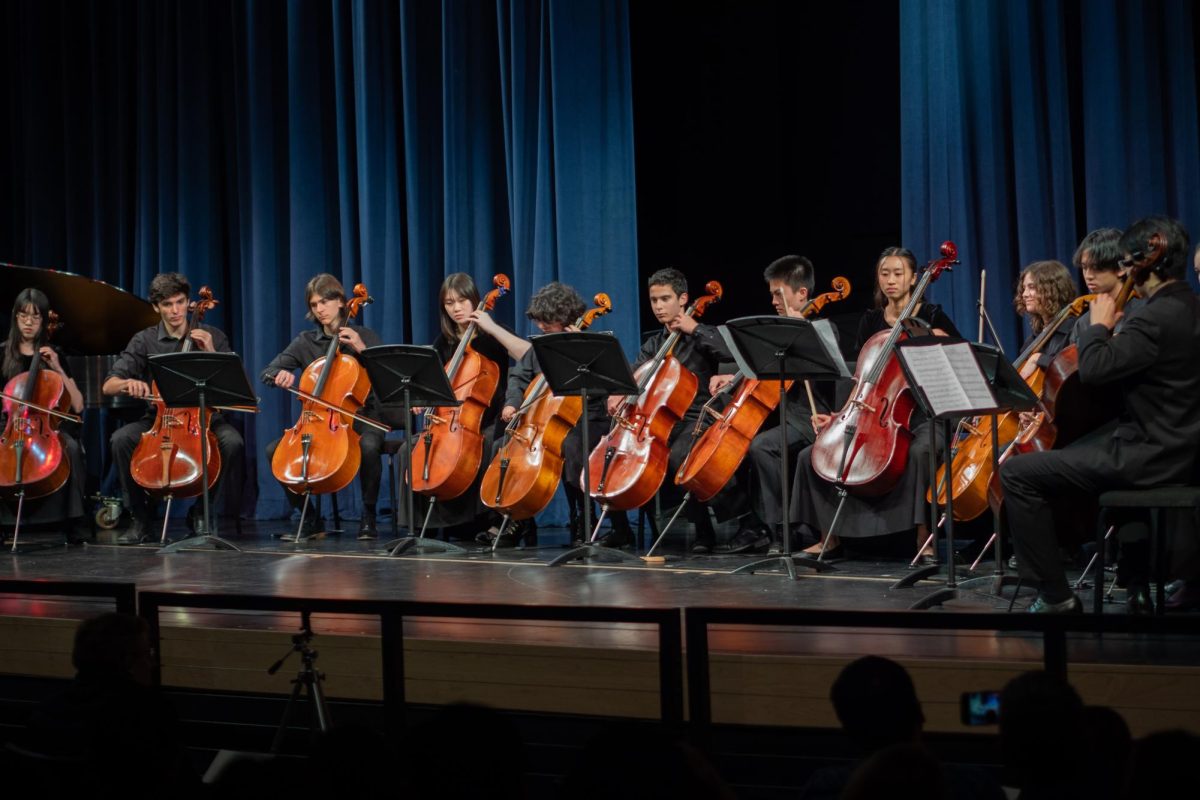On Feb. 12, 2009, a Bombardier DHC-8-400’s stick shaker activated, indicating an impending stall. The captain’s reaction caused a full stall, which was exacerbated by a few more maneuvers, and just forty-one seconds later, the Colgan Air Bombardier crashed into a residential building, killing 49 passengers, the crew, and one person on the ground.
The National Transportation Safety Board (NTSB) determined the cause of the crash was the captain’s inappropriate recovery procedure, the flight crew’s failure to monitor airspeed, a lack of sterile cockpit procedures, the captain’s inability to manage the flight, and inadequate procedures for airspeed selection and management. The report also mentioned that insufficient sleep contributed to the crash.
Following this incident, Congress and the Federal Aviation Administration introduced the Federal Aviation Administration Extension Act of 2010, which mandated that pilots must have a minimum of 1500 hours of flight time before obtaining an Airline Transport Pilot license (ATP). This rule was nicknamed the 1500-hour rule.
Despite the existence of the 1500-hour rule, passenger safety has remained the same, while the commercial industry has suffered, and pilots have been less willing to fly for the airlines.
Since its introduction, the 1500-hour rule has deterred pilots from joining the commercial industry. Flight training is costly, and the 1500-hour rule only serves to exacerbate such costs, and in turn, further discourage pilots.
As a result, the commercial industry has seen a drop in new pilots, impacting airlines and passengers.
The 1500-hour rule is not universally agreed upon. Only the United States and Canada require 1500 hours of flight to obtain an ATP. Countries such as the United Kingdom only require 250 hours — the U.S.’s previous minimum. Statistics show that European aviation is still just as safe.
The European Union Aviation Safety Agency (EASA) released its 2017 Preliminary Safety Review, showing only 19 commercial accidents, with only one being fatal. Human error was to blame for 8.5% of these accidents.
The EASA’s 2018 Preliminary Safety Review showed no fatal commercial accidents in EASA member states.
However, in 2017, the United States experienced 30 commercial accidents, more than twice that of Europe. In 2016, that number was 26, and in 2014, a year after the FAA enacted the 1500-hour rule, there were 29 accidents.
According to these statistics, even though European pilots have less flight time, European aviation is just as safe and experiences even fewer accidents than the United States. The installation of the 1500-hour did not seriously alter the safety of U.S. air travel either.
Although the flight hours required to qualify for an ATP certificate can benefit pilots, experience is not measured in flight time alone. Other factors, such as certain types of academic training, practical training and experience, and experience in a crew environment, are also important.
— The Federal Aviation Administration
According to the Pilot Source Study, pilots with over 999 hours generally require more training than pilots with less time (Jonathan Hopkins). The commercial aviation industry has yet to see an increase in safety provoked by the 1500-hour rule, and the Pilot Source Study shows that worse pilots may be produced as a result.
The United States has suffered from a commercial pilot shortage for decades, but the installation of the 1500-hour rule has worsened this issue. In 2012, there were 140,230 commercial pilots. The following year, that number plummeted to 108,206, a 29.5% decrease.
2013 saw a loss of 32,024 commercial pilots and it’s no coincidence that was the same year the FAA initiated the 1500-hour rule the same year.
The obstacles to obtaining a pilot’s license are the main contributors to the shortage. To nobody’s surprise, the 1500-hour rule adds to these challenges.
After receiving a Private Pilot’s License, Instrument Rating, and Commercial Certificate, pilots will need about 1250 more hours to work for an airline. Pilots will gain hours by renting and flying planes, but becoming a Certified Flight Instructor (CFI) is the most popular path.
However, both choices cost thousands of dollars; renting an aircraft and/or paying for its fuel is costly, and obtaining a flight instructor certificate is no small feat. If pilots decide to become a Certified Flight Instructor Instrument (CFII), they can expect to pay an extra $4,000 on top of the estimated $6,000 required to become a CFI.
Additionally, it takes several years to attain 1500 hours; Federal Aviation Regulations (FARs) bound pilots to 900 yearly flight hours.
And to make matters worse, this experience is irrelevant. Flying jet aircraft differs vastly from flying single-engine propeller aircraft, which comprise a significant portion of these flight hours.
Not only does the 1,500-hour rule deter pilots from flying commercially, but the lack of pilots creates substantial issues within the commercial industry.
“We have almost 100 airplanes effectively grounded right now because there are not enough pilots to fly them, which means we can’t at the moment fly to all the small communities we would like to. It’s really about not having enough pilots,” said United Airlines CEO Scott Kirby.
Southwest is experiencing the same issue. 40-45 of their 700 planes are grounded daily due to the shortage. As a product, airlines are forced to cancel flights; so far, in 2023, 10,295 flights have been canceled.
Pilot shortages are negligible in Europe and the United Kingdom compared to the United States. The 1,00-hour rule is not 100% responsible for the United States deficit but it does contribute significantly.
Some may say that more experience will lead to more safety, and the increased flight time will prevent future accidents like the Colgan Air crash.
But the Colgan Air accident was never an issue of experience: the captain had 3,379 flight hours while the first officer had 2,244 hours and was previously a flight instructor.
The exact cause of the pilots’ inappropriate response may never be known, but the NTSB speculated poor sleep as one of the factors. Both pilots reportedly slept in the Newark airport crew room, violating Colgan Air policy.
“The captain’s actual sleep during this period is unknown. However, his sleep would have been further interrupted and would likely have been of poor quality. The captain would not have had an opportunity to restore his sleep loss from the previous two days,” said the NTSB.
Some may argue that fatigue is a minor factor, but others, like NTSB Chairmen Deborah Hersman, disagree.
The effects of fatigue include slowed reaction time, diminished vigilance and attention to detail, errors of omission, compromised problem solving, reduced motivation, decreased vigor for successfully completing required tasks, and poor communication and generally results in performance deficiencies like those present during this accident flight.
— NTSB Chairman Deborah Hersman
“I would have preferred for fatigue to be included…the flight crews’ errors are consistent with fatigue,” said Hersman.
Even if the Colgan Air crash was an issue of experience, the 1500-hour rule is not the solution. As mentioned above, this extra experience does not increase safety and could even decrease it.
Pilots undergo extensive training before they are allowed to operate a commercial aircraft, and adding more requirements is unnecessary. The statistics above show no correlation between additional flight training hours and increased safety on commercial flights.
Despite the FAA’s knowledge of the U.S. pilot shortage and its driving factor, they have yet to adjust the 1500-hour rule and don’t plan to.
The truth of the matter is we won’t touch 1,500 hours; it’s gonna stay right where it is.
— U.S. Representative Sam Graves

